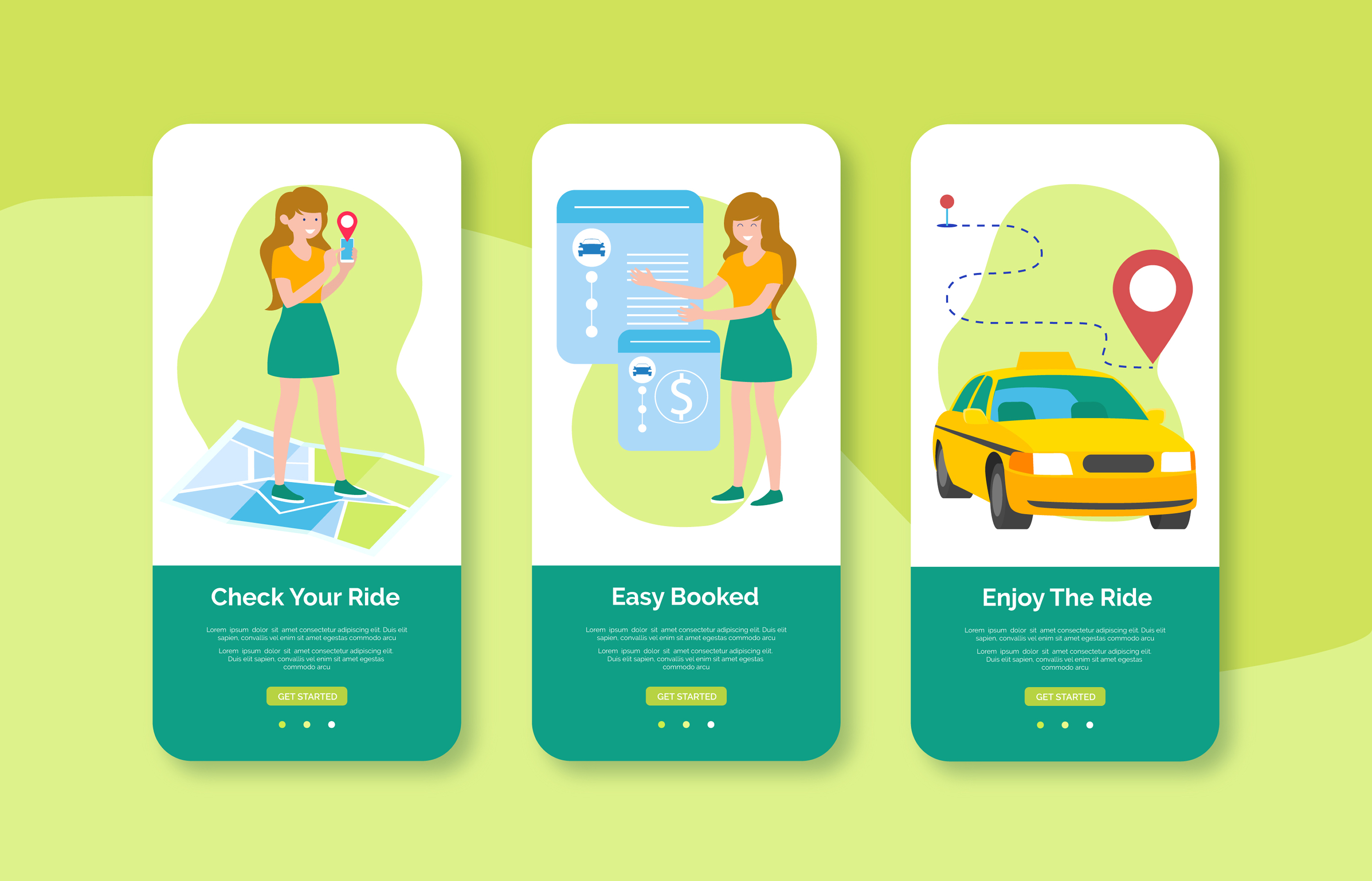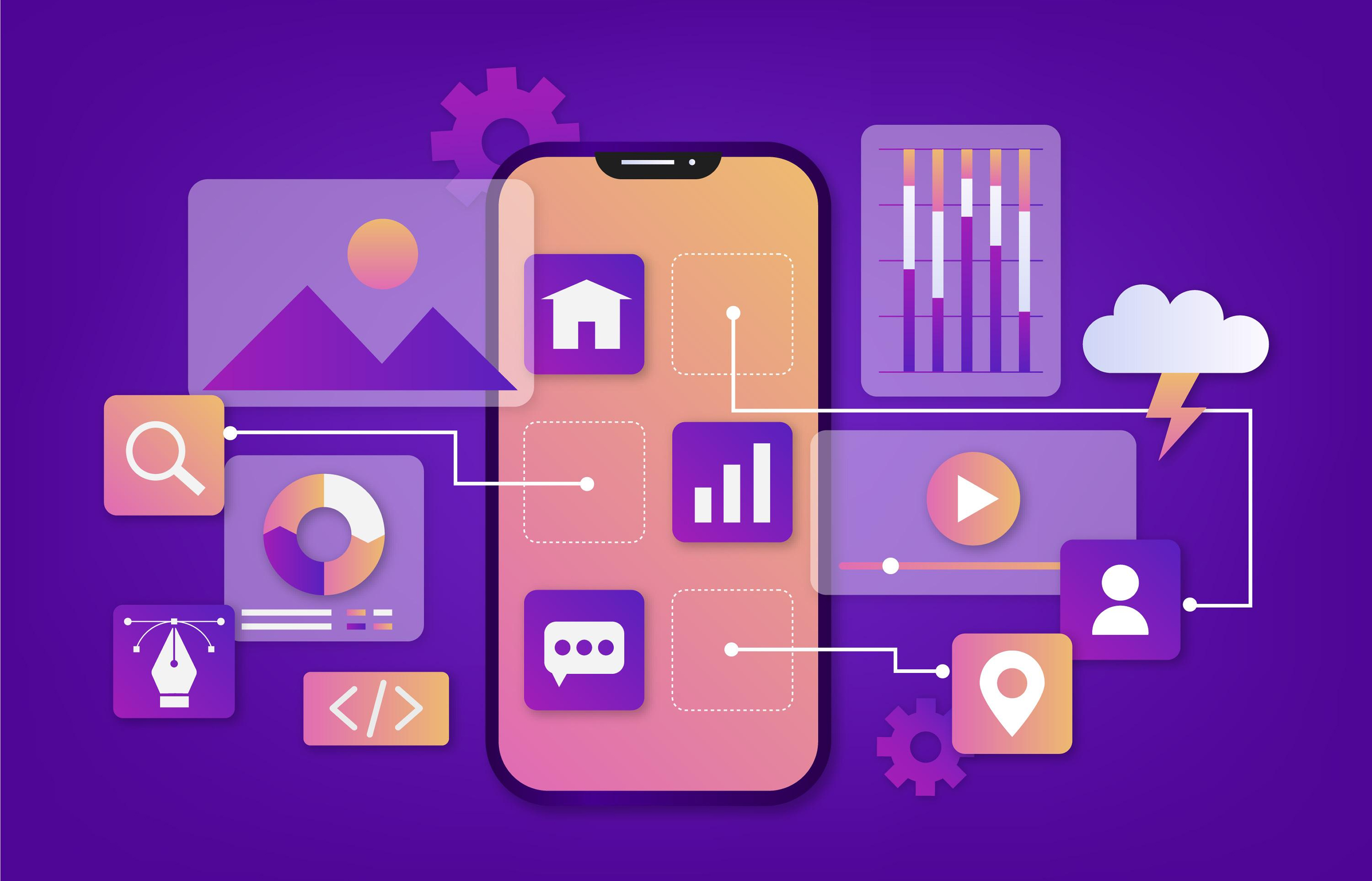A Comprehensive Guide to Taxi Booking App Development: Everything You Need to Know

In today’s fast-paced world, mobile apps have revolutionized how people live, work, and travel. One of the most successful app categories in recent years has been ride hailing apps. Apps like Uber, Lyft, and Ola have transformed the transportation landscape by making it easier for riders and drivers to connect. The convenience of booking a ride with a few taps on a mobile device has made taxi booking apps indispensable for commuters worldwide.
If you’re considering developing your taxi booking app, this comprehensive guide will walk you through everything you need to know, from understanding the business model to the technologies involved in building a high-quality app. We will also explore the key features that make a successful taxi booking app development project and how to ensure your app is user-friendly, secure, and scalable.
The Rise of Taxi Booking Apps
Taxi booking apps have become a fundamental part of the urban transportation ecosystem. They allow users to book rides on demand, enabling better accessibility, affordability, and convenience. With the increasing penetration of smartphones and mobile internet, the demand for taxi booking apps has been growing rapidly, particularly in cities where public transport systems are either underdeveloped or overcrowded.
These apps not only benefit users but also create new business opportunities for taxi operators, fleet managers, and independent drivers. Moreover, the scalability and potential to Grow Your Online Mobility Business into new markets make taxi booking apps an attractive venture for businesses worldwide.
The success of taxi apps has been largely driven by the convenience they offer users, the real-time tracking capabilities, and the various payment options available. This has allowed businesses in the transportation sector to thrive and scale rapidly across cities and even countries
Key Features of a Taxi Booking App
When it comes to building a taxi booking app, certain key features must be incorporated to ensure it is competitive, functional, and user-friendly. These features are essential to the user experience and can significantly impact the success of your app.
1. User Registration & Profile Management

- User registration is the first step in the journey of a rider using the app. A simple and seamless sign-up process is essential to encourage users to create an account. Allowing users to sign up using their social media accounts (such as Google or Facebook) or email can speed up this process. Additionally, enabling users to manage their profile, such as adding payment details, preferred ride options, and favorite locations, will enhance the user experience and engagement.
- User profile management is also important for both the rider and the Driver (Vehicle Owner) App. It ensures that users can easily update their information, while drivers can access essential details like the driver's rating and the ability to accept or decline rides.
2. User-Friendly Ride Booking
The core functionality of a taxi app is the ability to book a ride effortlessly. The interface should be intuitive, with clear instructions and easy-to-understand features. Users should be able to input their pickup and destination locations manually or automatically, using GPS. Additionally, integrating features like ride type selection (economy, premium, SUV, etc.) will help cater to different user preferences and needs, just like popular ride sharing apps.
The app should also display estimated fares and arrival times before confirming the booking. This feature ensures transparency and builds trust between users and the app. Riders can also choose between booking an immediate ride or scheduling one for later. For those interested in shared transport, including features for a carpool app or a full carpooling app experience, similar to launching your branded UberPool-like rideshare software app, is crucial here.
3. Real-Time GPS Tracking
Real-time GPS tracking is one of the most crucial features in a taxi booking app. It allows both riders (via their Passenger App View) and drivers to track the vehicle's location in real-time. This transparency improves the user experience by reducing anxiety over when the ride will arrive.
For drivers, GPS integration helps in optimizing routes and suggesting the fastest routes to the destination. Real-time tracking also helps drivers avoid traffic congestion and other delays, ensuring timely pickups and deliveries. This functionality is powered by robust taxi dispatch software.
4. Smarter UI/UX for Connected Devices
A taxi app should support various payment methods to cater to a wider audience. Users must be able to pay through credit/debit cards, digital wallets (like PayPal or Google Pay), and even in cash. This flexibility helps attract users from different demographics and countries, each with their preferred payment method.
Additionally, integrating a secure payment gateway is crucial to ensure safe and smooth transactions. Offering fare-splitting options can also make the app more attractive to users traveling together.
5. Ride Scheduling & Cancellation
While many users will book rides on demand, some may prefer to schedule a ride in advance. A taxi booking app should include an option for users to schedule rides for later, especially for events, airports, or early morning rides, mirroring the convenience of Airport Taxi services. This feature provides added convenience and can improve customer satisfaction.
Along with scheduling, a cancellation policy is essential. Allowing users to cancel a ride within a reasonable time frame without penalties ensures that users feel secure when using the app. Implementing clear cancellation guidelines, including notification systems, helps in avoiding disputes.
6. Ratings and Reviews
Ratings and reviews play an essential role in improving the quality of service in a taxi booking app. After each ride, users should be able to rate their experience and leave feedback about the driver. This review system helps ensure that drivers maintain a high standard of service and gives other users insight into the quality of the ride.
Ratings and reviews also provide an opportunity to identify any issues in the service or areas of improvement. Both riders and drivers are encouraged to provide constructive feedback, helping the taxi app development team improve the platform and make informed decisions about onboarding new drivers or adjusting policies.
7. Push Notifications
Push notifications are an excellent way to keep users engaged with the app. These notifications can inform users about upcoming rides, special promotions, price changes, or important updates (such as driver arrival or ride completion).
For example, when a user books a ride, a notification can be sent to confirm the booking. Similarly, after the ride is completed, users can receive a summary of their trip, including the fare, time, and distance traveled.
8. Ride History and In-App Support
Access to ride history is a useful feature for users to track their previous rides, view past invoices, and keep a record of their travel expenses. Providing detailed ride information, including timestamps, routes, and receipts, enhances the transparency of the service.
In-app customer support is equally important. Users should have access to a responsive support system that can address concerns, resolve issues, and answer questions directly from within the app.
Technologies Behind Taxi Booking App Development

Taxi booking apps need to leverage a wide range of technologies to deliver high performance, scalability, and security. Here are some of the key technologies used in taxi app development.
1. Mobile Platforms (iOS & Android)
Taxi apps need to be CQLsys Technologies ilable on both iOS and Android platforms to reach a global audience. Developing native apps for both platforms ensures optimized performance and a better user experience. Frameworks like React Native or Flutter are also popular for cross-platform app development, allowing developers to write one codebase for both iOS and Android.
2. Backend Development
The backend of the app handles all the crucial data operations, including storing ride information, user profiles, and payment transactions. Technologies like Node.js, Django, and Ruby on Rails are often used for developing scalable backend services. The backend should be designed to handle high volumes of traffic, especially in large cities with millions of riders.
3. GPS Integration
The integration of GPS functionality is vital for tracking the user’s location and calculating routes. Services like Google Maps API or Mapbox provide essential navigation features, including turn-by-turn directions, traffic updates, and location accuracy.
4. Payment Gateway Integration
Payment gateways like Stripe, PayPal, or Razorpay are integrated into the app to handle transactions. Ensuring payment security through encryption protocols (such as SSL/TLS) is critical for protecting user information and building trust.
5. Cloud Computing
Cloud infrastructure is used for hosting the app's backend, database, and storage needs. Popular cloud platforms like AWS, Google Cloud, and Microsoft Azure offer flexible and scalable solutions that ensure the app can handle spikes in traffic and user demand.
6. Real-Time Notifications
To send push notifications to users, services like Firebase Cloud Messaging (FCM) or OneSignal can be used. Real-time notifications keep users informed about important updates, such as driver arrival, ride completion, or promotional offers.
7. Security
Security is critical for any app dealing with sensitive data. Implementing two-factor authentication (2FA), data encryption, and secure payment protocols ensures that user data is safe from malicious threats.
Key Considerations for Taxi App Development
While developing a taxi app, several factors need to be considered to ensure success and scalability. These factors include:
1. User Experience (UX)
The user experience is paramount. An intuitive and easy-to-use interface makes the app more engaging and enhances customer satisfaction. Simplicity in design, clear navigation, and quick access to key features help retain users and encourage repeat bookings.
2. Scalability
As your app gains users, it must be able to handle increased traffic and demand. Using cloud-based infrastructure allows for scalability, ensuring that your app performs well even as your user base grows.
3. Regulatory Compliance
Each region may have different transportation regulations, such as licensing requirements, insurance policies, and background checks for drivers. It’s crucial to ensure that the app complies with local laws to avoid legal issues and maintain a good reputation.
4. Data Analytics
Incorporating analytics tools like Google Analytics or Mixpanel can help gather valuable data about user behavior, ride patterns, and payment trends. This data can inform your decisions for future updates, marketing campaigns, and feature improvements.
Marketing and Monetization Strategies

Once the app is developed, it’s essential to focus on marketing and monetization to ensure the app’s success.
1. Marketing
Promoting your app is crucial to attracting new users. Digital marketing techniques like SEO, social media campaigns, influencer partnerships, and Google Ads can help create awareness. Additionally, offering referral bonuses and discounts for first-time users can boost downloads and user acquisition.
2. Monetization
Most taxi apps operate on a commission-based model, taking a percentage of the fare for each ride. You can also consider offering premium subscriptions for users or drivers, allowing them to access extra features like priority booking, lower service fees, or early access to promotions.
Conclusion
Building your own Uber-like platform, whether it's dedicated taxi booking software or a comprehensive ride-sharing business, is an ambitious but rewarding venture. It requires meticulous planning, a strong development team, and a deep understanding of your target market. By following this step-by-step guide, focusing on a robust feature set, designing an intuitive user experience, and committing to continuous improvement, you can create your own rideshare app that reshapes local transportation and carves out its own niche in the on-demand economy.
The road ahead might be challenging, but with the right execution and by partnering with the best taxi app developers or a dedicated customized carpool software provider, your vision for a seamless ride-sharing app experience can become a powerful reality. This comprehensive approach to taxi booking app development ensures you cover everything from intercity ridesharing and outstation carpooling to features like intelligent rideshare matching and potentially evolving into a super app or including car rental software functionalities. Knowing how to leverage the right software, taxi dispatch, and taxi cab dispatch system capabilities will be crucial for success.
